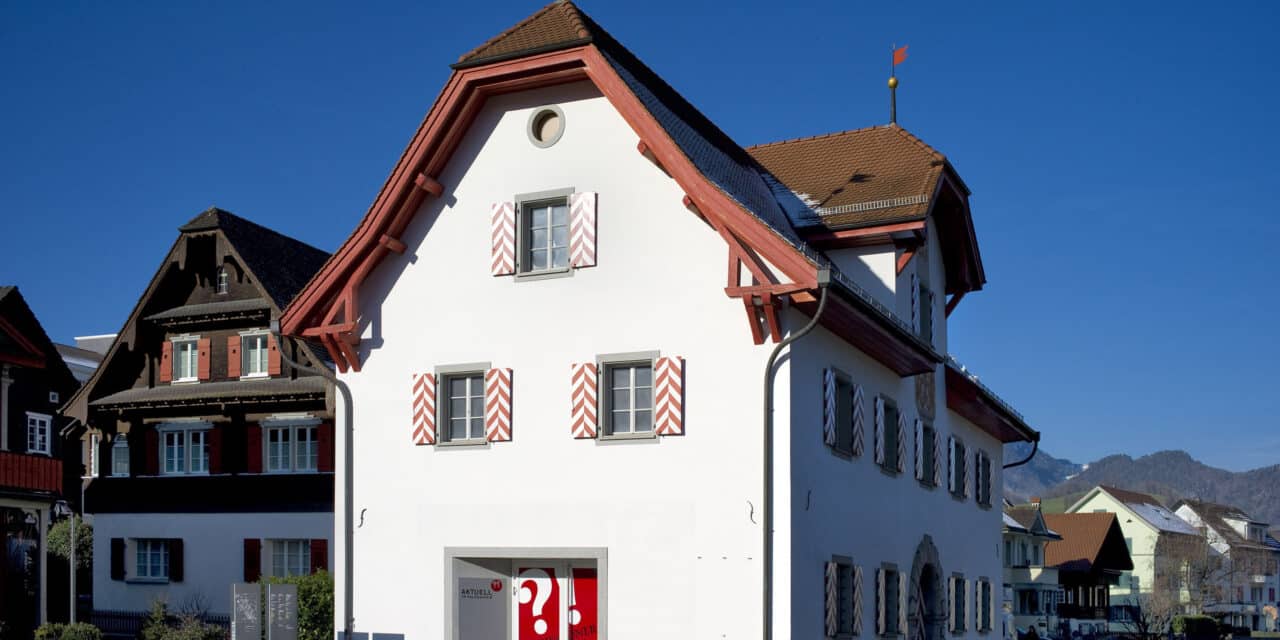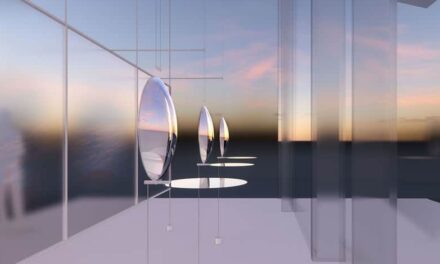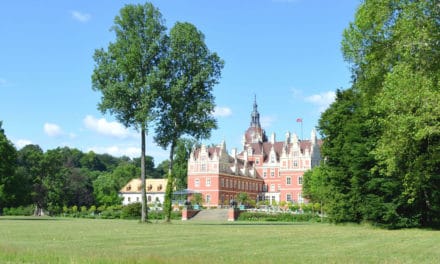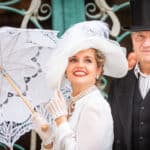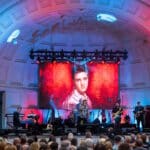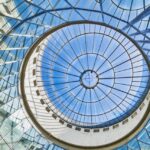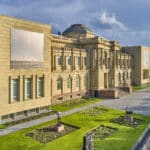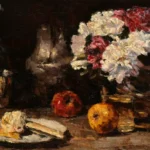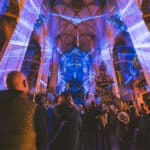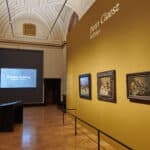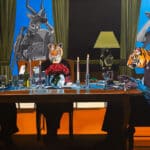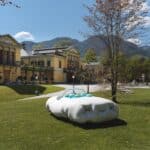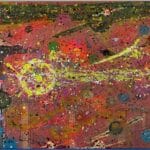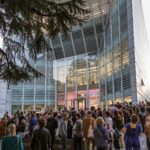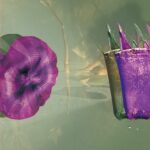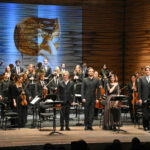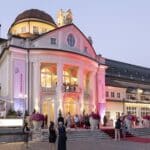With its collection of works of art and cultural-historical objects, the Nidwalden Museum documents the art and cultural history of the canton of Nidwalden. Three permanent exhibitions and three to four temporary exhibitions each year focus on selected Nidwalden themes. The Nidwalden Museum is a cantonal museum and consists of three buildings:
Winkelriedhaus and pavilion
The Winkelriedhaus is the main building of the museum. The permanent exhibition Self and World can be seen in the old patrician house. Various temporary exhibitions are shown in the pavilion, often featuring artists who have a connection to Nidwalden or are important to the region.
Salt magazine
The salt magazine is centrally located at the valley station of the Stanserhorn cable car and is the original building of the Nidwalden Museum. Today it houses the Museum of History. The permanent exhibition Courageous, defiant, self-determined - Nidwalden's path to modernity provides an insight into the special history of the canton. Each year, a temporary exhibition also highlights a special Nidwalden theme.
Fürigen Fortress
Fürigen Fortress on the road from Stansstad to Kehrsiten has been a museum since 1991. The permanent exhibition Fortress Fürigen from 1941 to the present day. A state of emergency and everyday life in the mountain presents the formerly secret original equipment and takes visitors back to the time of the Second World War and the Cold War.
Permanent exhibition: FESTUNG FÜRIGEN FROM 1941 TO TODAY
State of emergency and everyday life in the mountain
The Fürigen Fortress is hidden behind the rugged rock faces of the Bürgenberg near Stansstad. Built during the Second World War, it was part of the Reduit, the Swiss army's defense strategy at the time. In the event of an attack, the artillery works with its two cannons were intended to help fend off a possible German advance into the Alpine region. The fortress also remained in operation during the Cold War, albeit geared towards new threat scenarios. The last time men - now dressed only as soldiers - went into the tunnels was in 2009 for a reality show on Swiss television. The fortress has been open to visitors as a museum since 1991. The current exhibition focuses on the fortress and its defense concept. It focuses on the social developments in the region and shows the lives and everyday routines of the men who did their military service in Fürigen until the 1980s. An audiovisual tour leads through the outer tunnel to the gun emplacements and finally to the accommodation area. This is where they ate and slept. What was on the minds of the fortress soldiers during their several-week stay in the mountain? What worries weighed on them and plagued them? What did they write home to their loved ones? Experience a piece of Swiss history up close and explore the secret world in the rock.
March 29 to November 2, guided tours available by appointment all year round
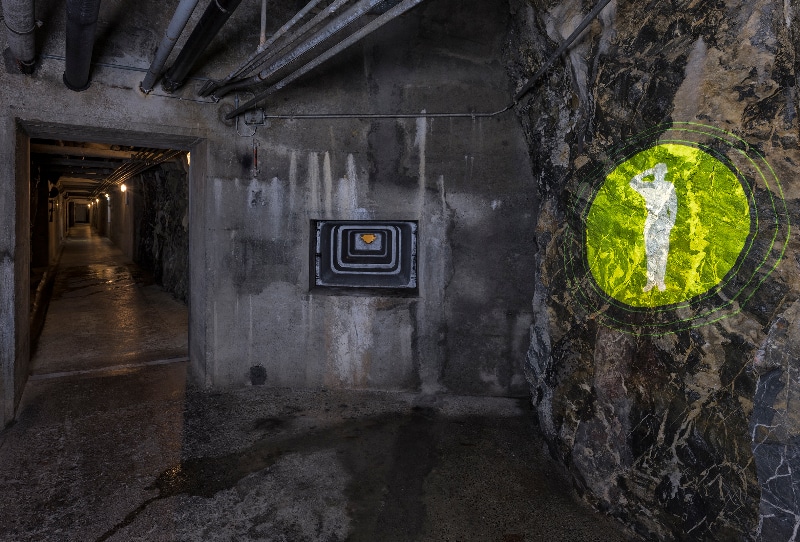
Fürigen Fortress from 1941 to the present day, photograph by Christian Hartmann
Permanent exhibition: Self and the world. Works from the collection
The relationship between "self and world" forms the central theme of the permanent exhibition. A look at the museum's collection shows that Nidwalden artists have always been concerned with world events and international art trends in addition to introspective themes and an examination of their own self. The focus of the collection is presented: the studio, mythological and biblical themes, depictions of nature and landscapes as well as the examination of the body, death and transcendence. Works of art from the 17th to the 21st century are placed in relation to each other and enable a dialog between past and present. Old and new meet and create surprising constellations. A comprehensive accompanying booklet, which is also available digitally, explores the themes of the exhibition in greater depth and introduces the artists and their often cosmopolitan network of connections.
March 29 to November 2, guided tours available by appointment throughout the year
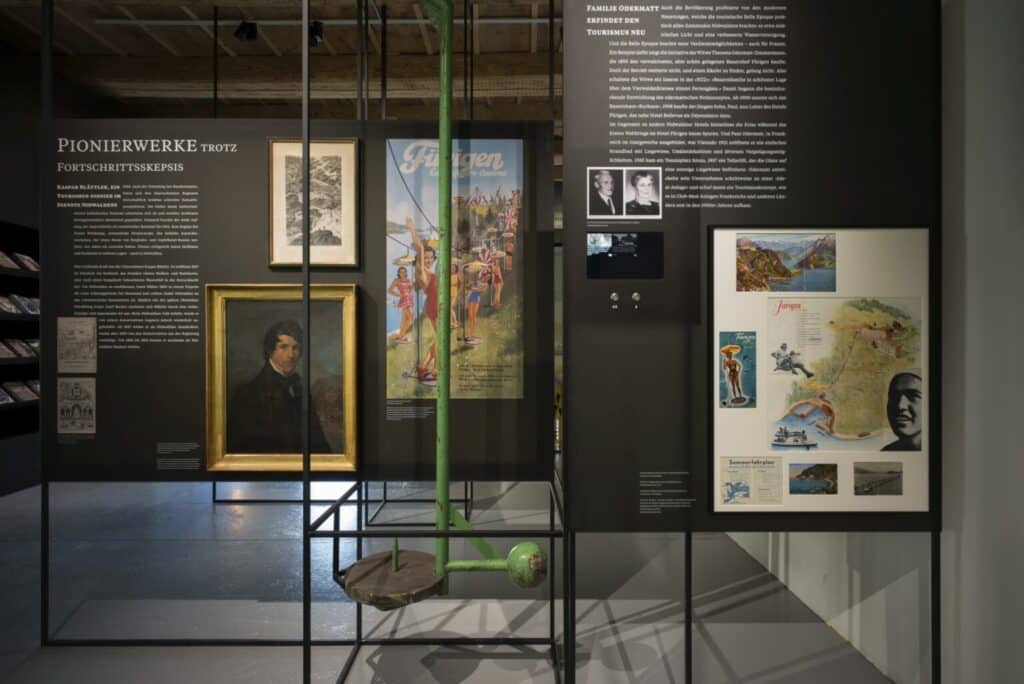
Self and the world, photography Christian Hartmann
Permanent exhibition: Courageous, defiant, self-determined. Nidwalden's path to modernity
Nidwalden repeatedly resisted the pressure to conform exerted on the mountain canton by the rest of Switzerland in the first half of the 19th century. Nidwalden rejected all national constitutions and was even forced to become part of the Confederation by force of arms in 1798. Stubborn Nidwaldeners? The reality is more complicated. In addition to a good portion of self-assertion, there was always a struggle for the privileges of the ruling class. The backwoods canton of Nidwalden? Not at all. The small canton, which was very isolated geographically until it was better connected to the railroad and national road network in 1964, also produced some amazing works thanks to progressive personalities: the first Acheregg bridge in 1860, for example, or a modern, nationally recognized constitution in 1965. And sometimes the people of Nidwalden seemingly decided against their own reason: for example in 1954, when they voted in favor of joining the national road network despite the loss of municipal autonomy and cultivated land. The permanent historical exhibition explores such events and offers an overview of the last 750 years in seven "Nidwalden Stories"
March 29 to November 2, private guided tours available by appointment all year round
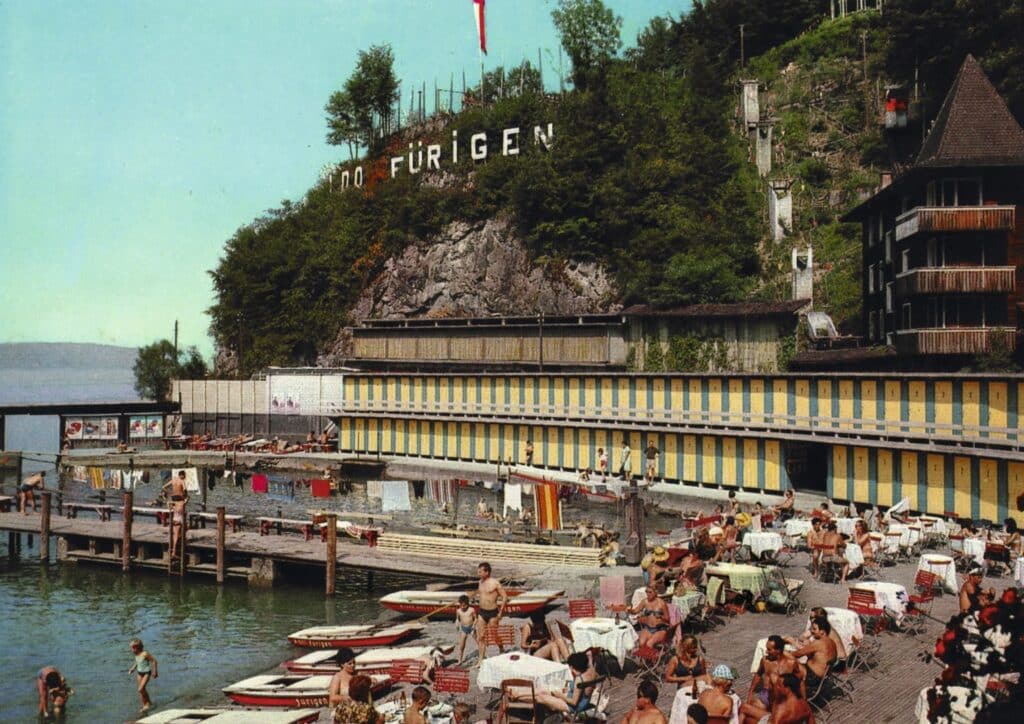
Courageous, defiant, self-determined: Postcard Harissenbucht, Stansstad. Marcel Just Collection
Permanent exhibition in the salt magazine: Milestones. Mobility and us
Mobility is the basis for economic growth and prosperity, it is the epitome of freedom and progress. But mobility is also the cause of air pollution and noise. Not least because of this ambivalence, the topic is neither explosive nor topical. Reason enough to make mobility the focus of the Nidwalden Museum, especially as Nidwalden not only has a unique transport history due to its location "between the lake and hechä Bärgä", but also because Nidwalden, as a highway and commuter canton, is also affected by modern mobility issues. In the exhibition, visitors can experience the old and new transport routes, as well as the milestones on the way to today's ubiquitous mobility. Added to this are the playful and interactive elements of the exhibition: What does mobility do to us? What do we do with mobility? Food for thought invites you to reflect on your own mobility behavior and formulate your own thoughts. Curation: Stefan Ragaz Design: Beat Stalder
March 29 to November 2, guided tours available by appointment all year round

